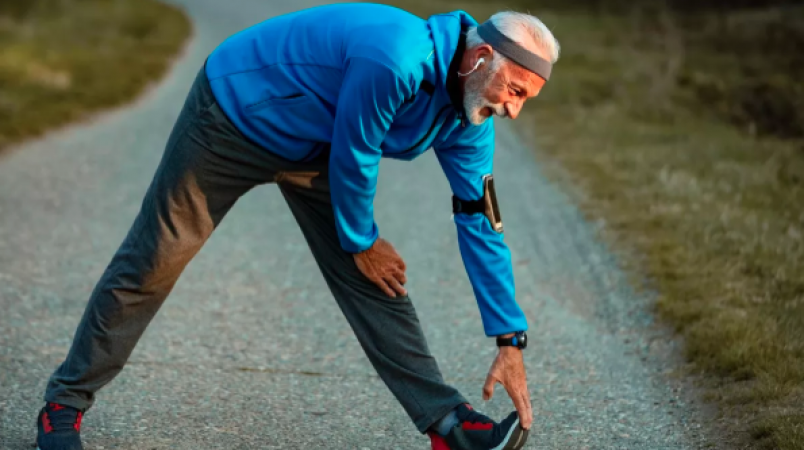
Muscle loss is normal in old age, but if you start losing muscle rapidly after the age of 40, this indicates a problem. In today's article, we'll learn about this issue from experts, as well as the reasons for it and how to avoid it.
Do you have to rely on others to open the can's lid, or do you have to soak it in hot water for a while before the lid pops open? Muscle loss is normal as we age, but most people ignore it. A weak hand grip is the most common sign of muscle loss. According to research, approximately 17.5% of Indians suffer from advanced muscle loss, also known as sarcopenia. This figure is significantly higher than that of other Asian and European countries.
Sarcopenia and Your Health
Sarcopenia is another term for advanced muscle loss. Muscle loss begins with increasing age. As a result, its strength and functionality are compromised. Muscle loss is not a disease of aging, but it has recently emerged in people over the age of 40. Muscle loss begins to accelerate after the age of 70. In India, every third man and every fifth woman have sarcopenia symptoms. This disease affects an estimated 50 million people worldwide, with the number expected to rise to 200 million in the next 40 years.
Muscle loss can cause fatigue and decreased activity, as well as an increased risk of breaking a bone if you fall or slip.
Recovery and survival rates following illness or surgery may also be reduced.
Sarcopenia is considered a silent problem because people do not realize they are losing muscle, so it is critical to check their muscle strength on a regular basis.
How do I check for the problem of muscle loss?
Check by hand
Opening a box, squeezing an orange, or measuring the strength of a handshake may be easier ways to test grip. If you notice a difference in your strength, you should pay attention.
Chair challenge test
Muscle strength can also be easily assessed using this method. The time it takes you to do five sit-ups on a 1.4-foot high chair can tell you how old your muscles are.
Increase muscle strength like this
1. Never skip breakfast. A healthy breakfast not only provides you with the nutrition you need for the day, but it is also beneficial to your muscles. Include eggs, whole grains, fruits, and dairy products in your breakfast to help with this.
Set aside time for 2 physical activities. This allows the muscles to remain strong for an extended period of time. If you are unable to exercise at the gym, activities such as walking, cycling, swimming, jogging, playing badminton or cricket, or climbing stairs can be very beneficial. One hour of physical activity per day can make a significant difference in muscle strength and health.
3. Recognize and meet your daily protein requirements. Consuming enough protein (about 1 gram per kilogram of body weight) and engaging in physical activity help keep muscles healthy and strong.
4. Nutritional supplements can be taken as well. Despite eating a healthy and balanced diet to build strong muscles as we get older, some nutritional deficiencies persist. Nutritional supplements can be taken on the advice of a doctor to overcome these deficiencies. Supplementing with beta-hydroxy-beta methylbutyrate (HMB) may help adults maintain lean body mass, muscle strength, and function.
To address the issue of sarcopenia, it is critical to understand how to strengthen muscles. In which case, a healthy lifestyle and diet can be extremely beneficial.
Good and restful sleep is very helpful in the treatment of high blood sugar and type 2 diabetes
Say Goodbye to Pimples Overnight: Effective Tips for Clearer Skin